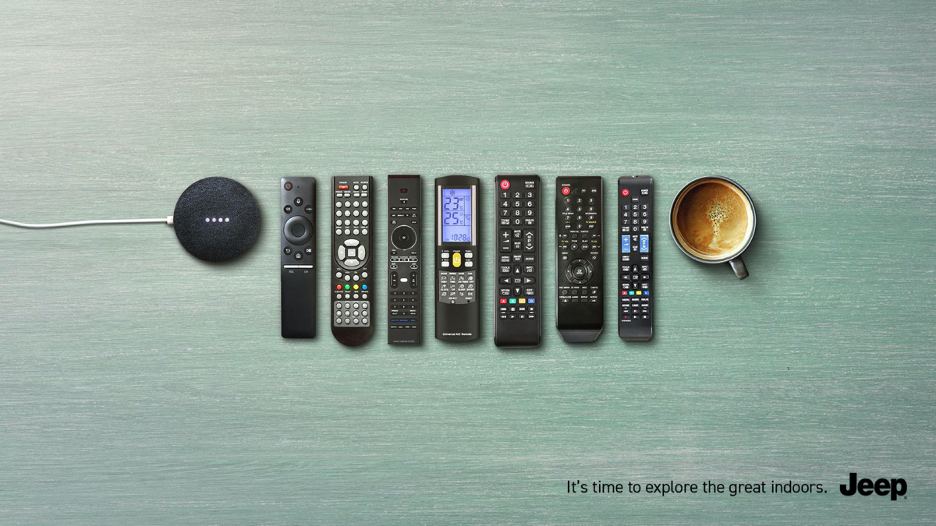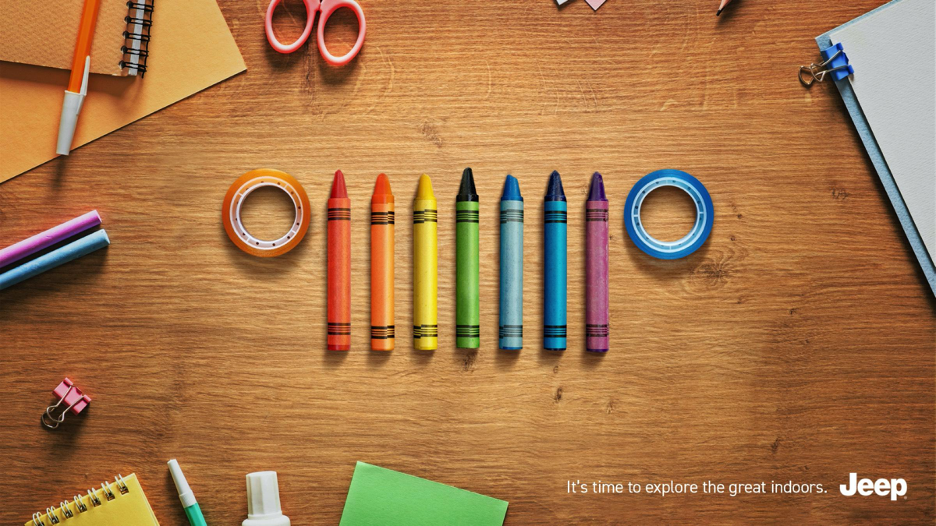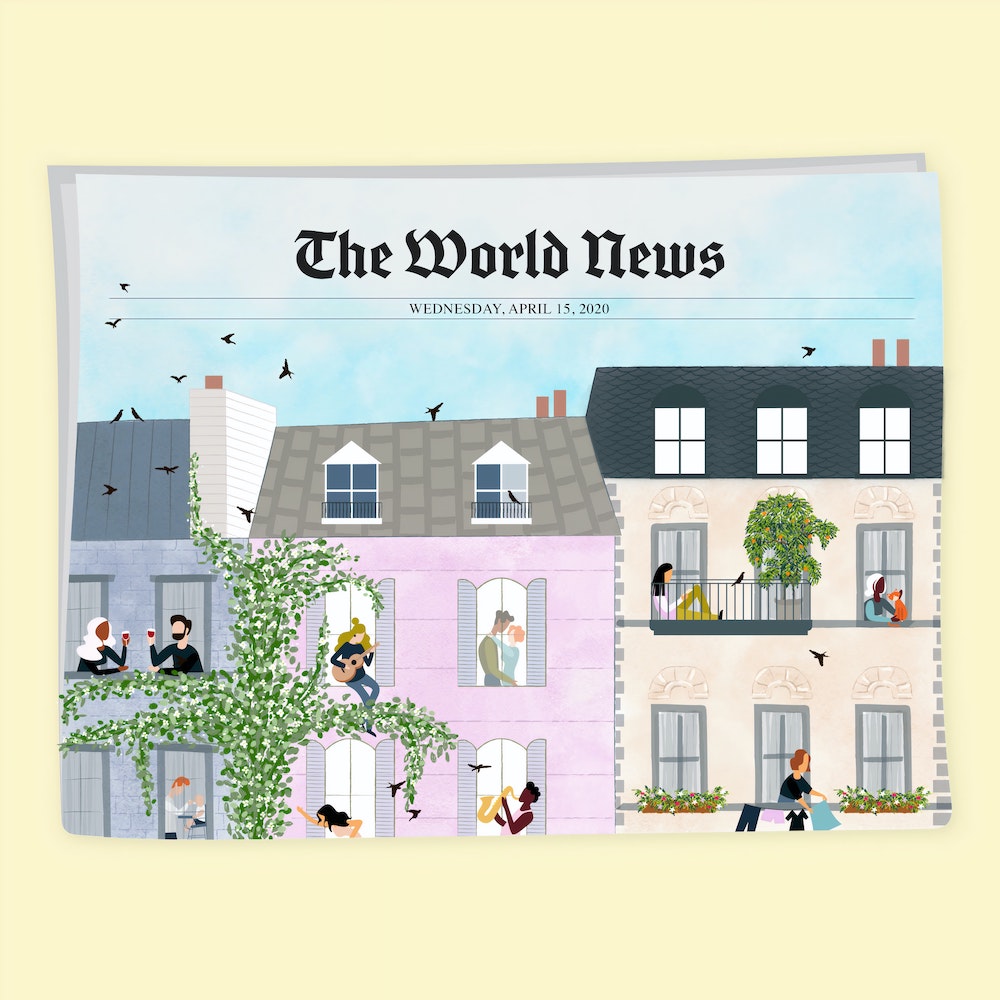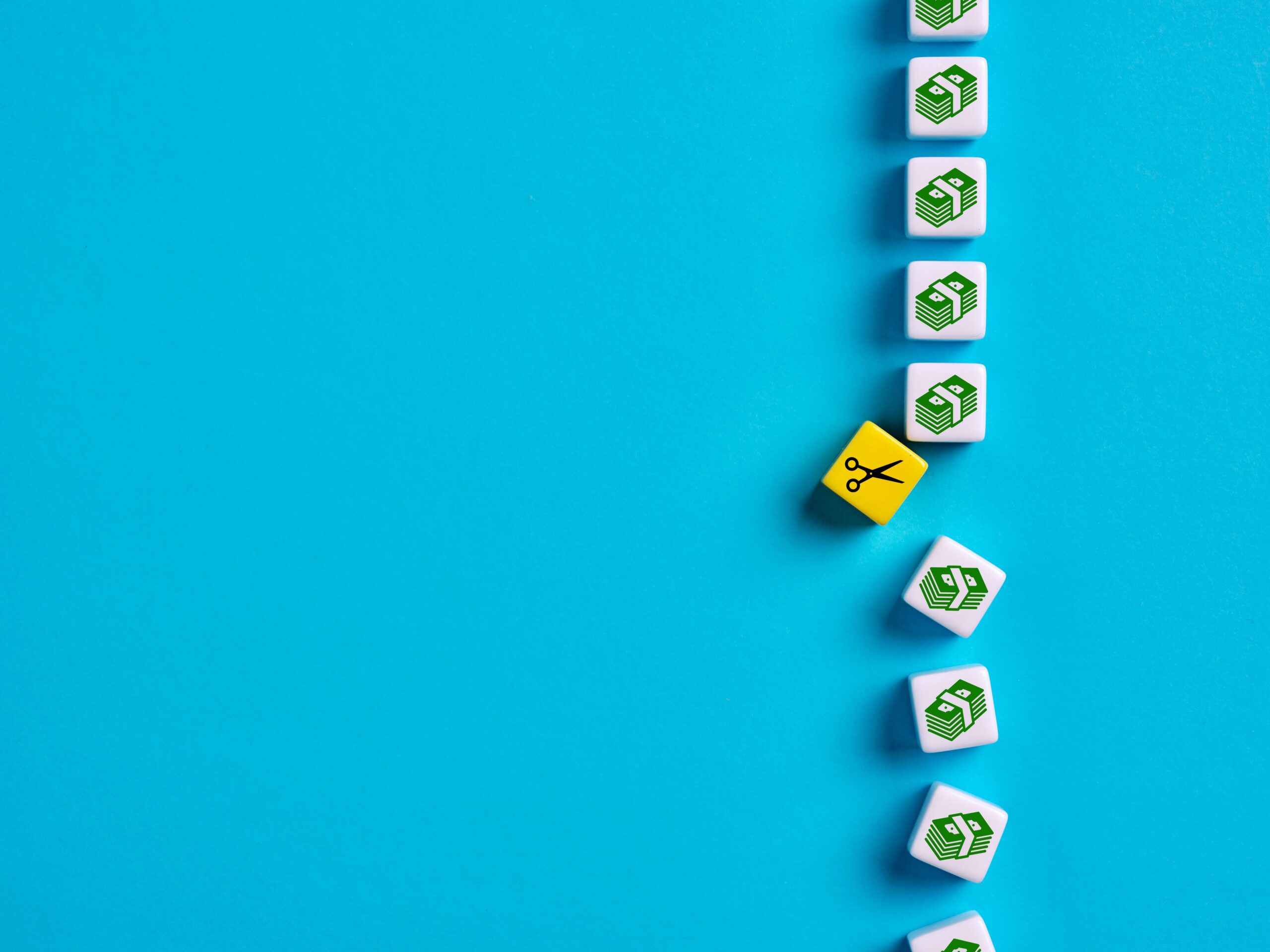Hindsight is 20/20; looking at the way our past shapes (and sometimes parallels) our present might reveal some insight into the train wreck that is the year 2020. Meaning? Maybe these “unprecedented times” aren’t as unprecedented as they may feel. When you enter the time machine and take a look at marketing and advertising efforts from other turbulent times, you’ll find similarities abound.
Here is a look at some ways the wars and illnesses of the 20th and 21st centuries have intermingled with advertising, technology and propaganda to, inevitably, transform the dominant culture. Be warned, reading this may lead to feelings of déjà vu.
The Spanish Flu: Dangerous Parallels
While the state of the world and the state of medicine are very different now than they were in the early 20th century, many of the trends and messaging around the Spanish Flu and COVID-19 run parallel. The viruses are very different, but there are hygienic mainstays that have been communicated during both: wear a mask, wash your hands, and avoid crowded spaces.
Not surprisingly, advertisements for “life-saving” soaps, the dangers of crowds, and a range of antiseptic products were prevalent in early twentieth century publications. However, it also seems there were plenty of anti-makers in pandemics past. It’s not just a modern problem. San Francisco was home to an “Anti-Mask League,” and men were more reluctant to wear masks than women. Sound familiar?
Another common trend that we are seeing echoes of now is the prevalence of misinformation about “cures” and “remedies” that lacked scientific backing. For example, a malted milk brand promised it would “cure the Spanish Flu,” despite no evidence supporting that claim. Today, we’ve seen that within alternative medicine and the wellness industry.
Interwar Period + Great Depression: From Bold Claims to Daring Pivots
While Europe languished in the agony of postwar trauma, the US economy boomed as their troops returned home. Luxury, film, fun, and extremely bold claims were all the rage then. Without government regulations, a range of inventions hit the market that claimed to reshape faces, fix bad backs, or protect people from viruses. As scientific breakthroughs emerged, so did claims of miracle cures, particularly from soap brands.
Once the Great Depression hit, soaps had to pivot. The term “soap opera” actually emerged when Proctor & Gamble began sponsoring day time radio shows to advertise their soap, targeting housewives who listened in the afternoon.
There was a range of other great pivots during this time. Ginger ale’s popularity came from Yuengling’s pivot after prohibition prevented him from brewing beer. MGM offered double features for the price of one. Martin Guitars offered the same deals to mom and pop stores as they did to bigger stores, giving them the integrity edge. Tobacco was one of the more successful industries of the 1930s thanks in part to doctor and celebrity endorsements.
Advertisers faced many of the same challenges they face now: reading the room. Some attempted to draw on hope for the future, some encouraged spending despite hard times so as not to make them worse. A 1933 bill that gave the FDA power to prohibit false and misleading ads shifted the bold claims of yesteryear to something a little more realistic.
Overall, advertising plummeted by over 60% and didn’t fully recover until after World War II. We’ve seen similar dips and shifts, most notably from TV to digital ads, explored below.
The Post-War Rise of Consumerism
As the end of World War II loomed on the horizon, advertisers started planting the seeds of demand for the future. After years of rationing, minimal leisure time, and limited consumer choices, with industrial and consumer brands promoting patriotism and war bonds, campaigns shifted their view to the future, playing on the technological fantasies of an automated future and promising a bright “world of tomorrow” as would later be depicted in shows like The Jetsons.
Spending habits changed drastically once supplies were back in the market. Consumers spent $5.7 billion in 1950, double of what was spent in 1945. Not only were scarce goods replenished, but a plethora of new offerings hit the shelves. From new hygienic and beauty products, to goods marketed to new mothers as the “baby boom” took place, advertisers promised a perfect utopia that many modern folks might confuse with a nostalgic reality. Emphasis on image and “family values” were prevalent during the so-called the golden age of advertising.
Along with the rise in products, manufacturing that had been purposed for the war effort had to be shifted towards civilians and thus began the dawn of single use cans and plastic bottles. Where once glass bottles were picked up and refilled, consumers were instead urged to simply throw things away in this revolution of convenience.
The consequences of single use plastics as a major component of consumer packaging are still ravaging our businesses, homes, landfills, and oceans. It’s almost as if the post-war time of plenty directly led to the habits that are killing us, and the planet, now. We still seem to value convenience (like Amazon) over conservation.
The industry was still poorly regulated throughout the post-war and Cold War era. Despite heavy censorship in comics and film, advertisements regularly featured jokes about domestic violence, smoking, and TAPE WORMS as doctor-approved weight loss aids.
During this time, advertisers had far more reach with the introduction of the television, which placed their ads directly into 90% of American homes by 1959.
Modern Pandemic: Some Things Never Change
At the beginning of the pandemic, some companies embraced the message of staying indoors for the common good. Perhaps no brand more effectively than Jeep—check out their #StayOffTheRoad ad spot and their creative take on their iconic design:


Images courtesy of Ads of the World.
While the 90s and early 2000s featured ads about good times with a plethora of celebrity endorsements, crowded spaces, and bustling cities (except for a brief period of somber patriotism after 9/11), many companies have drastically shifted their tone to accommodate the plight of a modern pandemic. KFC’s latest “finger licking good” campaign launched just before the pandemic set in and was pulled almost immediately.
Ford shifted early on, offering payment relief and showed their commitment to manufacturing PPE supplies and ventilators. Walmart, Samsung and Uber played on the heartstrings of consumers by offering messages of distant support during hard times. Guinness shifted their St. Patrick’s Day messaging to show community support while social distancing. Like the strategies of World War II, brands wanted to stay top of mind despite present hardship. Matthew McConaughey directed several PSAs about staying home as the best weapon we have in the war against COVID-19.
Despite the continued messaging, television ad spending fell 41% in April. As of this month, however, digital ad revenue is climbing back up.
Some campaigns, like this Havas campaign for Durex, are spreading more unique messages like “Let’s not go back to normal,” emphasizing that “normal isn’t good enough” and that the pandemic could be a catalyst for change.
However, as the pandemic rages on, and Americans get increasingly more reluctant to stay inside (or more alarmingly embrace conspiracy theories about the #plandemic hoax, 5G nonsense, or whatever range of misinformation that’s out there), the messaging has been less concerned with “let’s keep each other safe” and has moved more towards “we can start doing things again, it’s fine,” depending on where you live.
Of course, that’s not the case for the families struggling to make ends meet without another stimulus check. While entertainment, tourism and events have taken a nose dive, the tech industry has become more powerful than ever, as Amazon, Google, Apple and Facebook have managed to grow billions of dollars in profit this year.
Over the summer, Google had to start banning publishers from advertising on Coronavirus conspiracy theories after already banning dangerous claims about unproven cures. Sound familiar?
While misinformation during the Spanish Flu was a problem, the rate at which it can spread now can mean catastrophe. Social media can allow misinformation to spread at lightning speed with quack advice and conspiracy theories making their rounds on Facebook, Instagram, WhatsApp and of course, forums like Reddit and Four Chan. It seems it’s in our nature to share the exciting falsehood, more than the boring reality.
It’s extremely important we stay vigilant to misinformation now more than ever. Check your sources, fact check, or use a resource like Snopes to verify information. There are also podcasts like Conspirituality that explore the intersection between the wellness industry and conspiracy theories and shed light on how people can be manipulated into believing unverified claims. Protect your mind and your health! It’s wild out there.
About the author.
Alessandra is the mentor, educator, and writer behind Boneseed, a private practice devoted to deep self-inquiry through a range of physical, energetic, and mental modalities. She has over 500 hours of yoga, mentorship, and facilitation training and can be found slinging knowledge on her website, newsletter, and @bone.seed.



